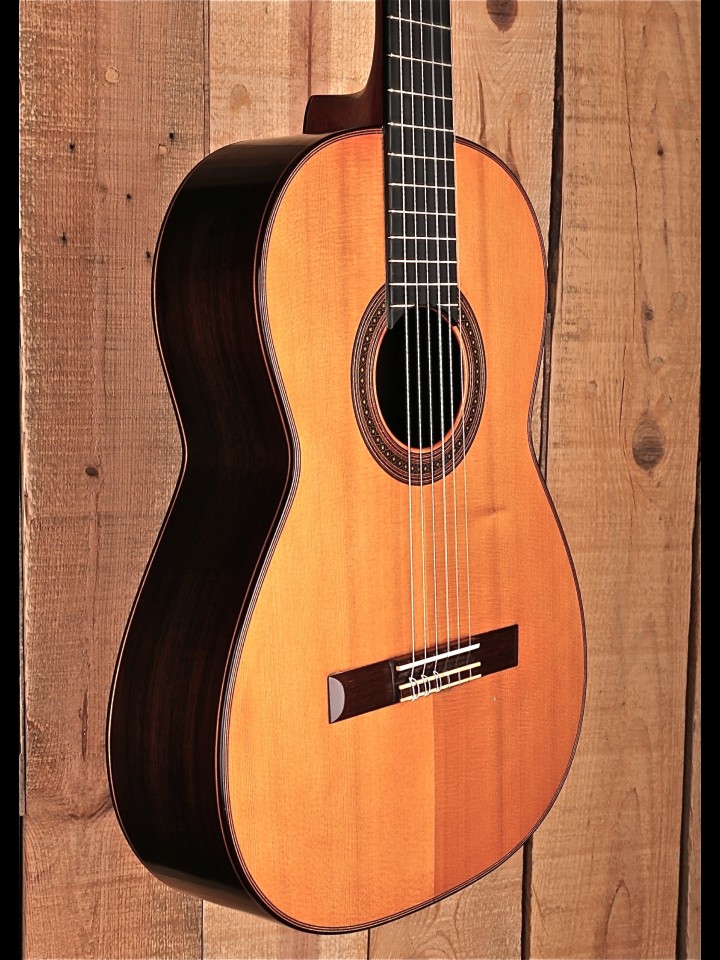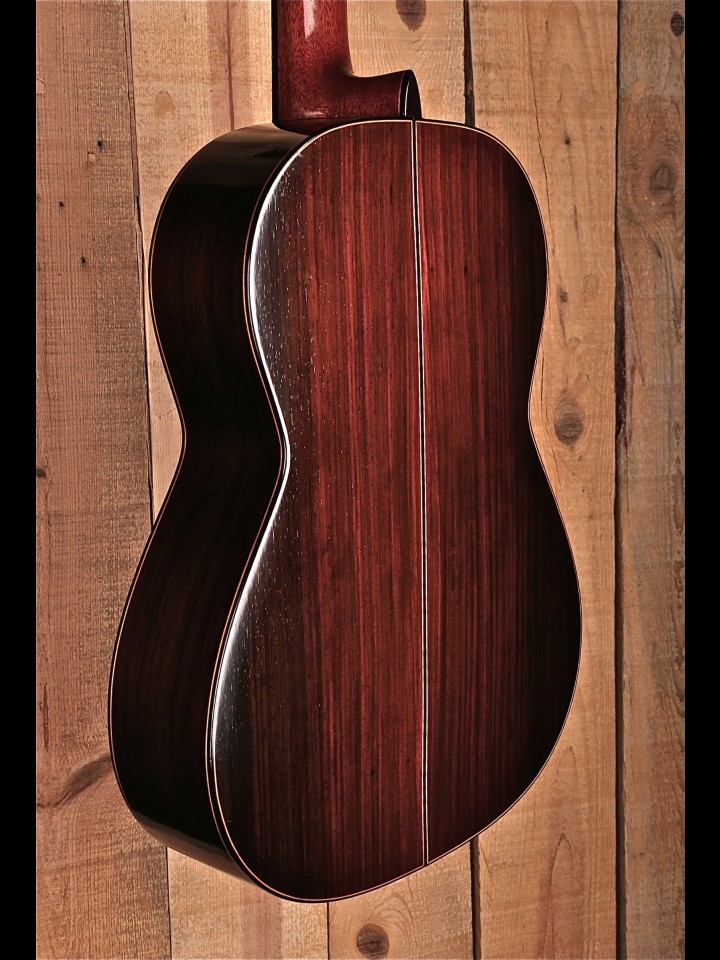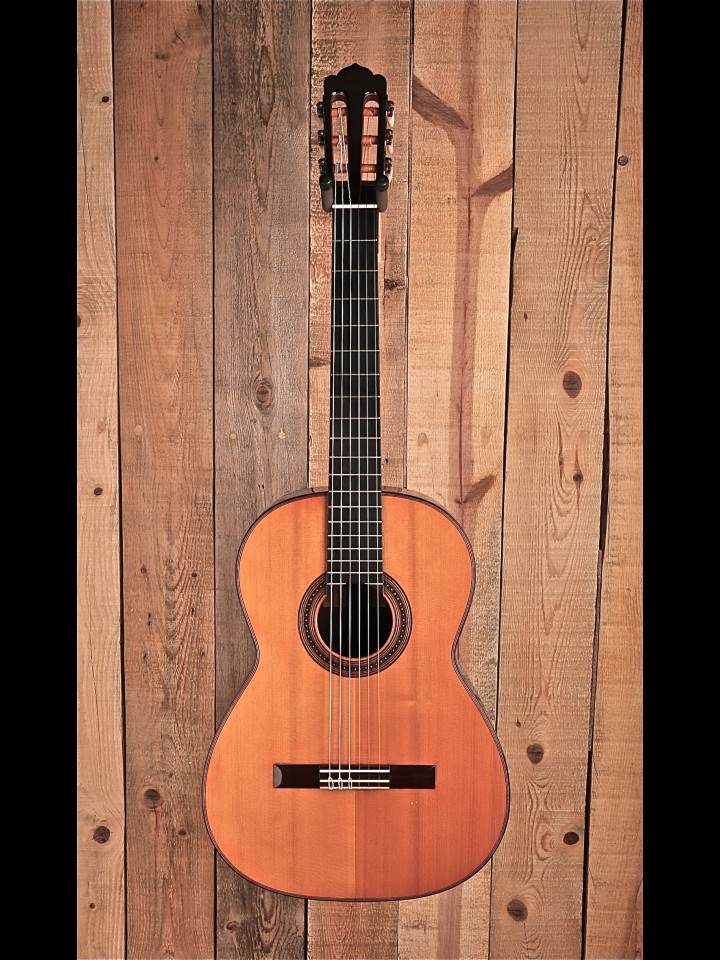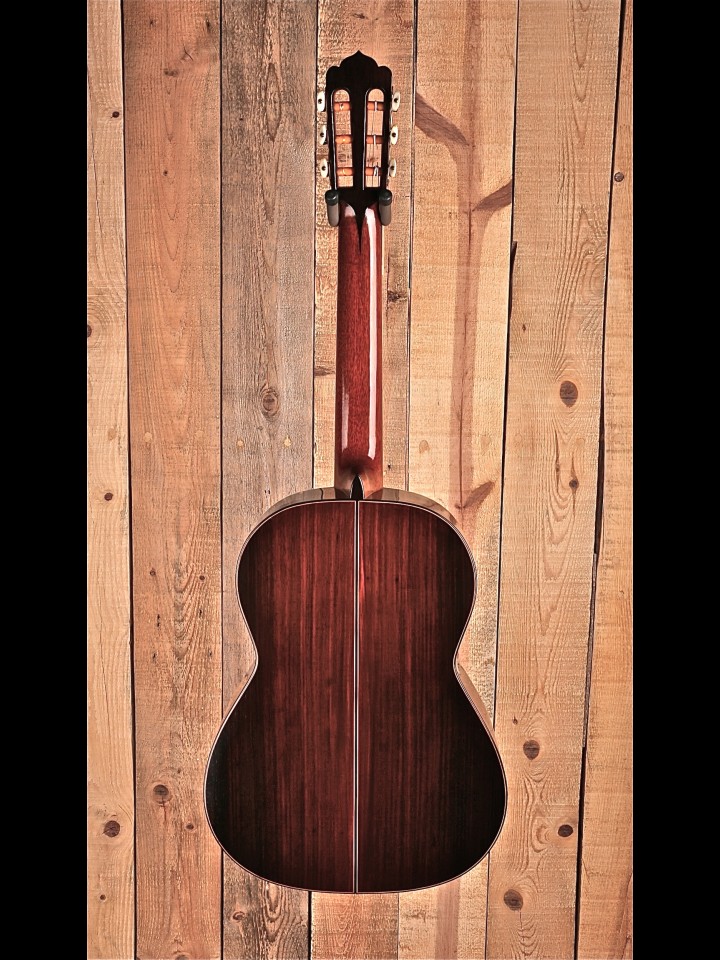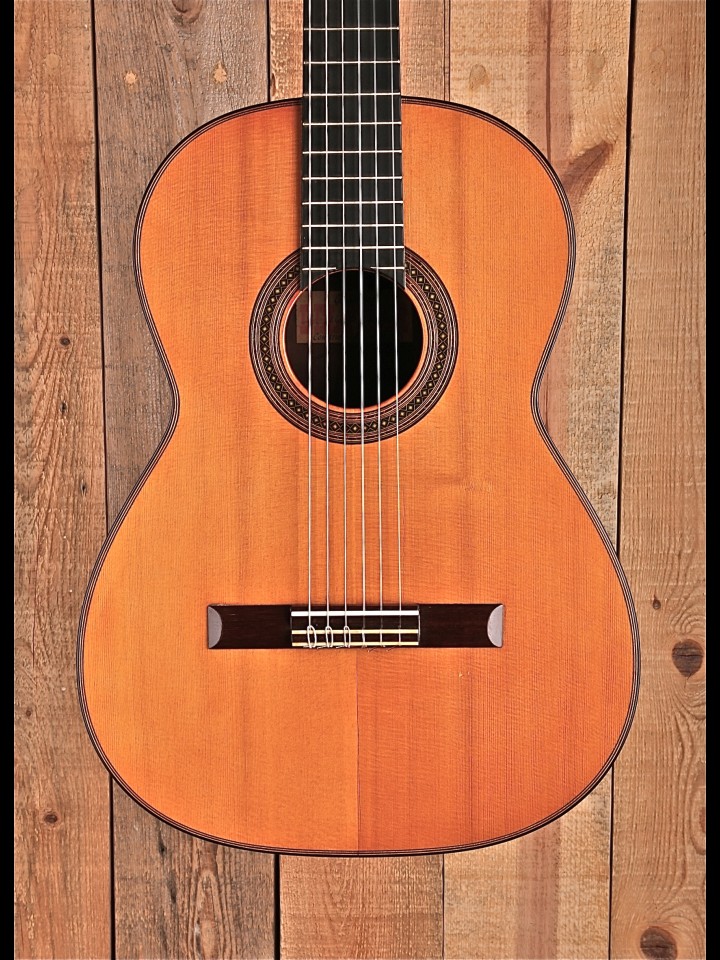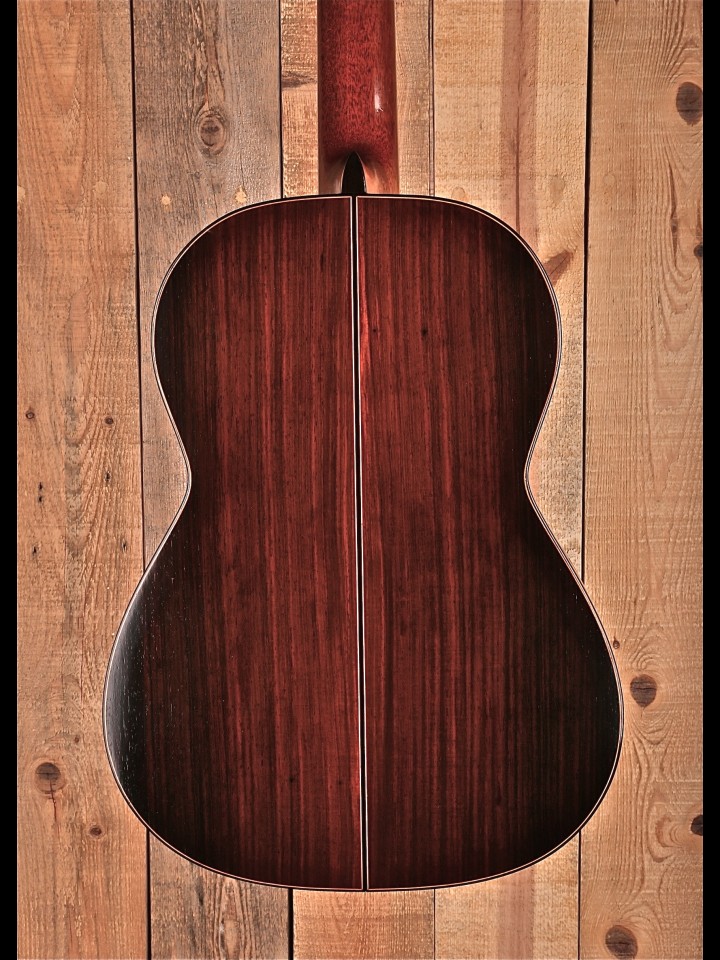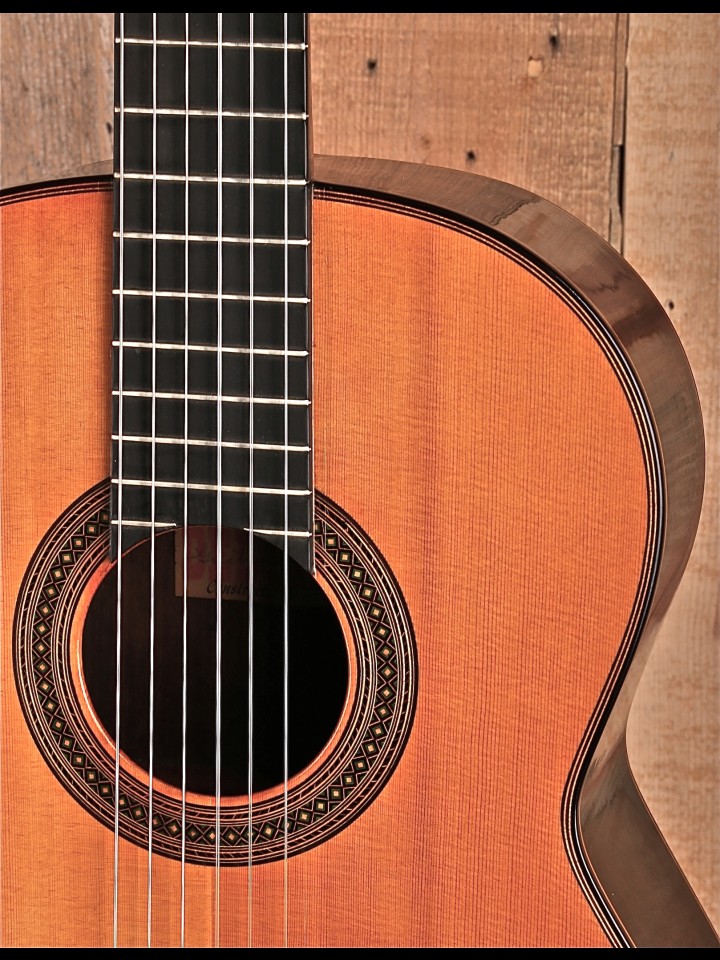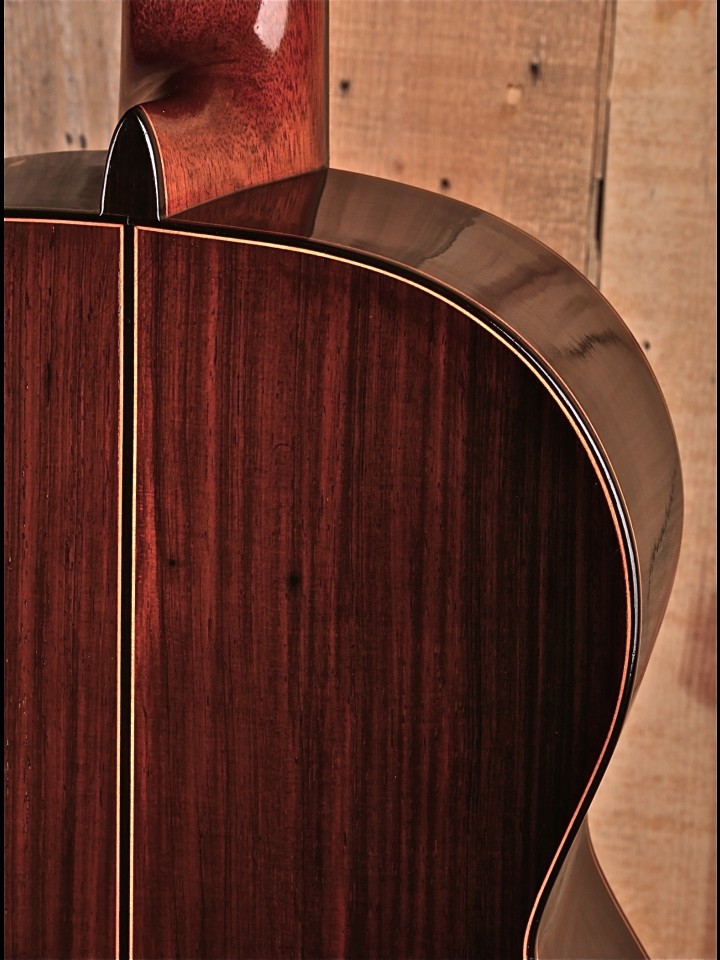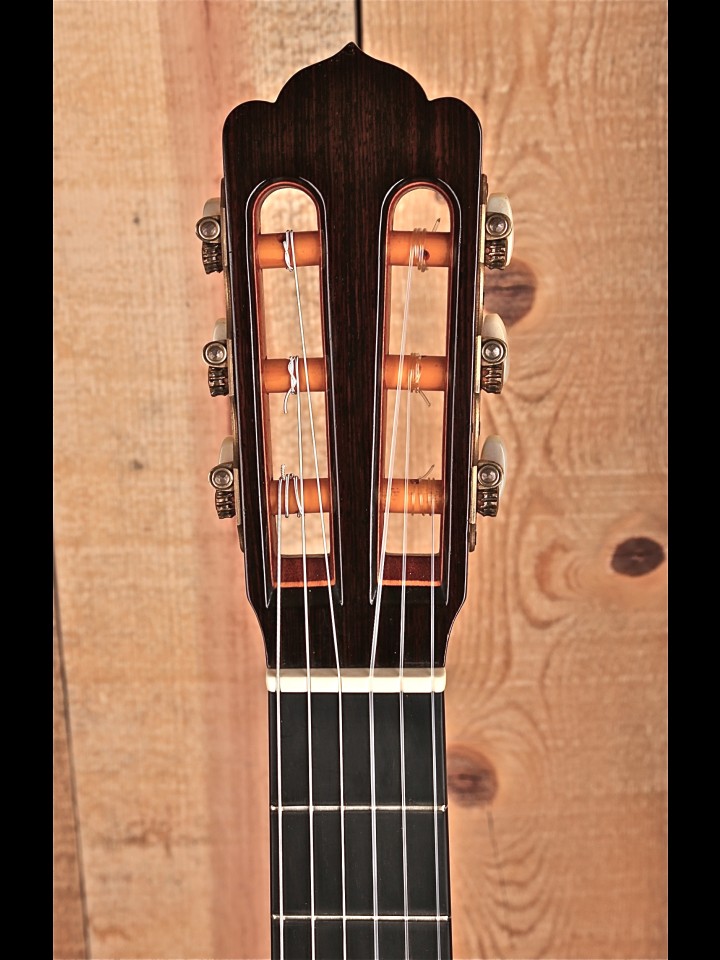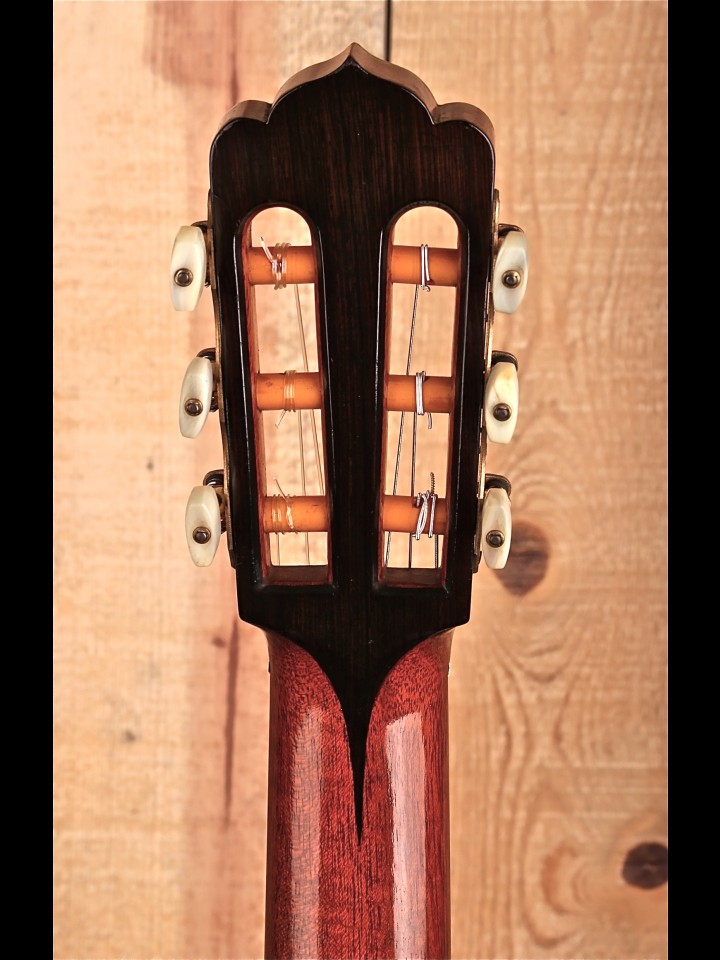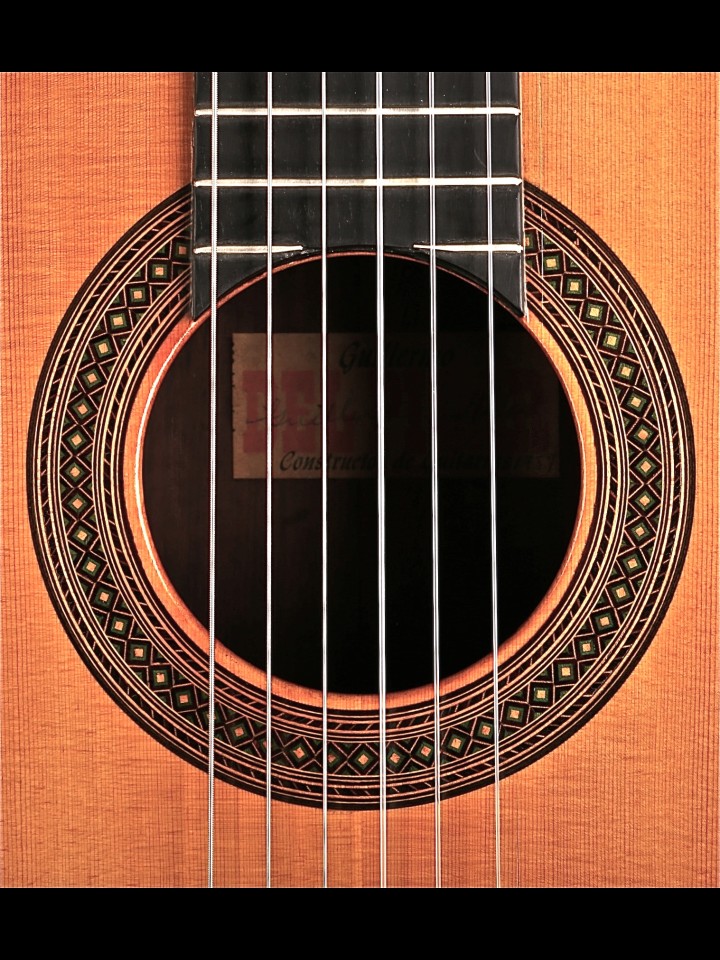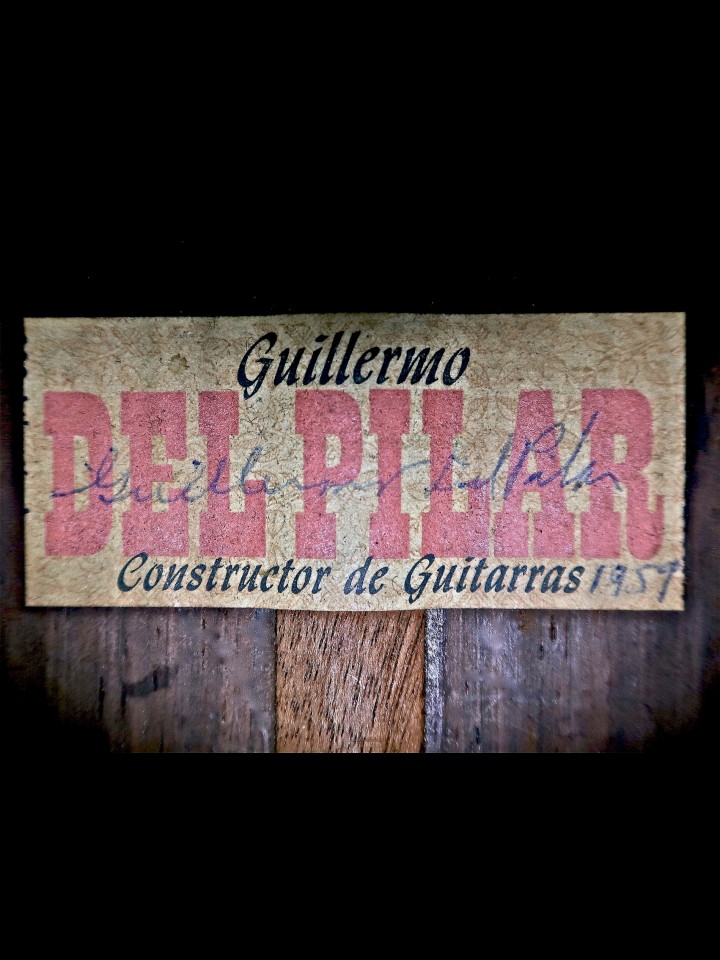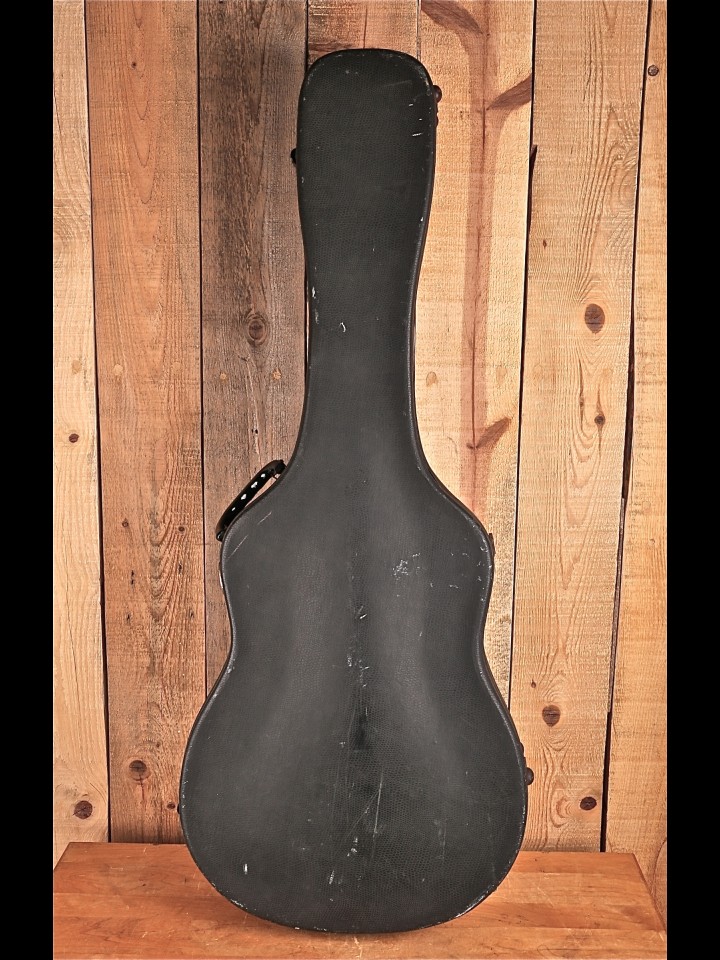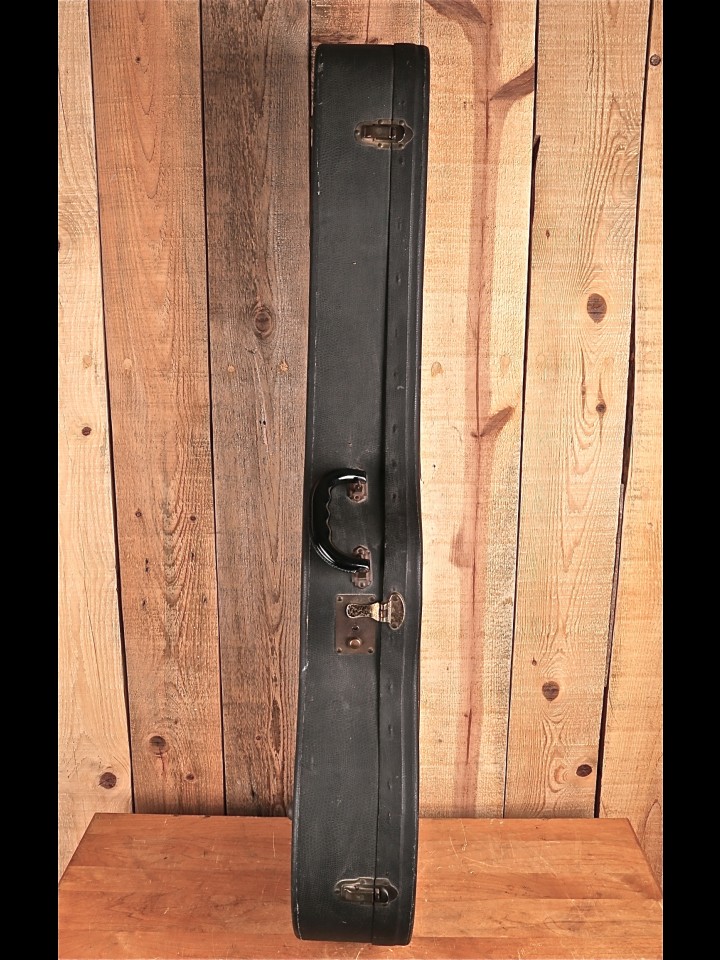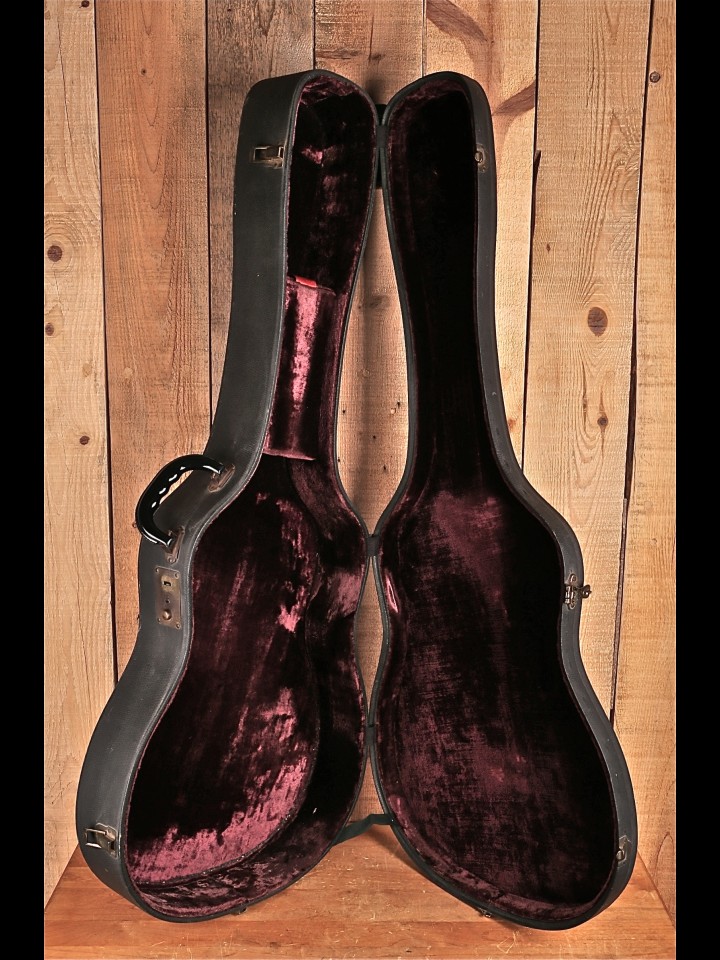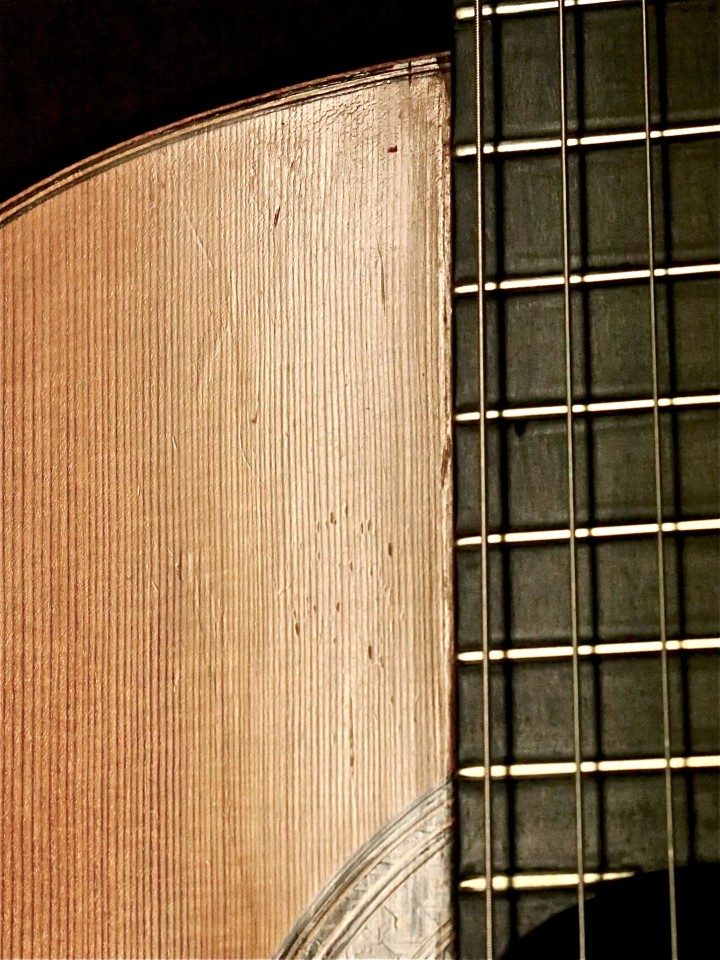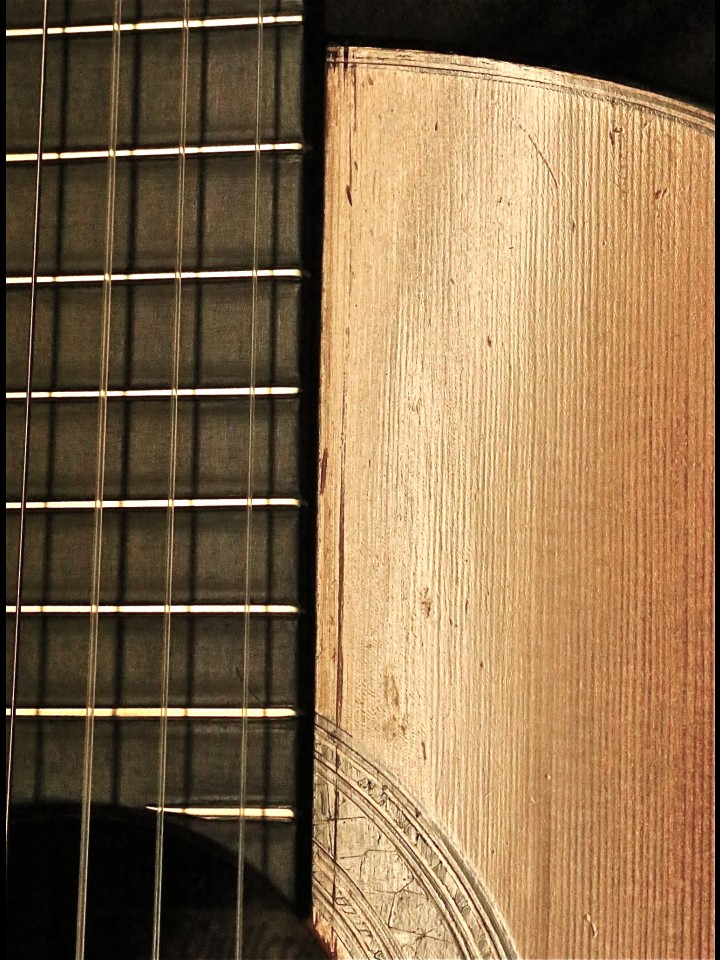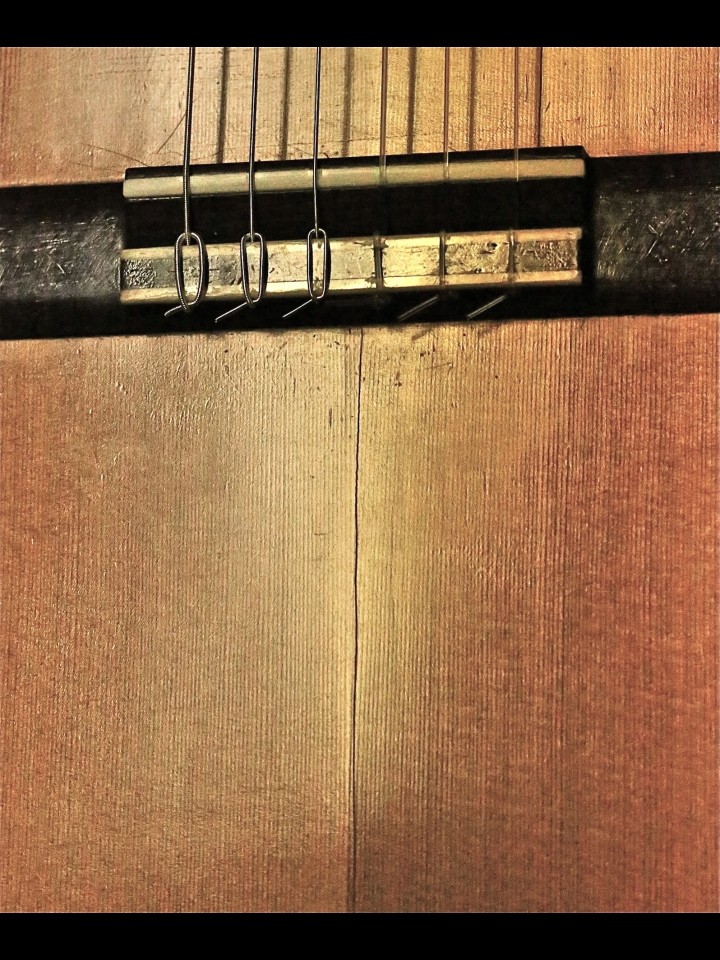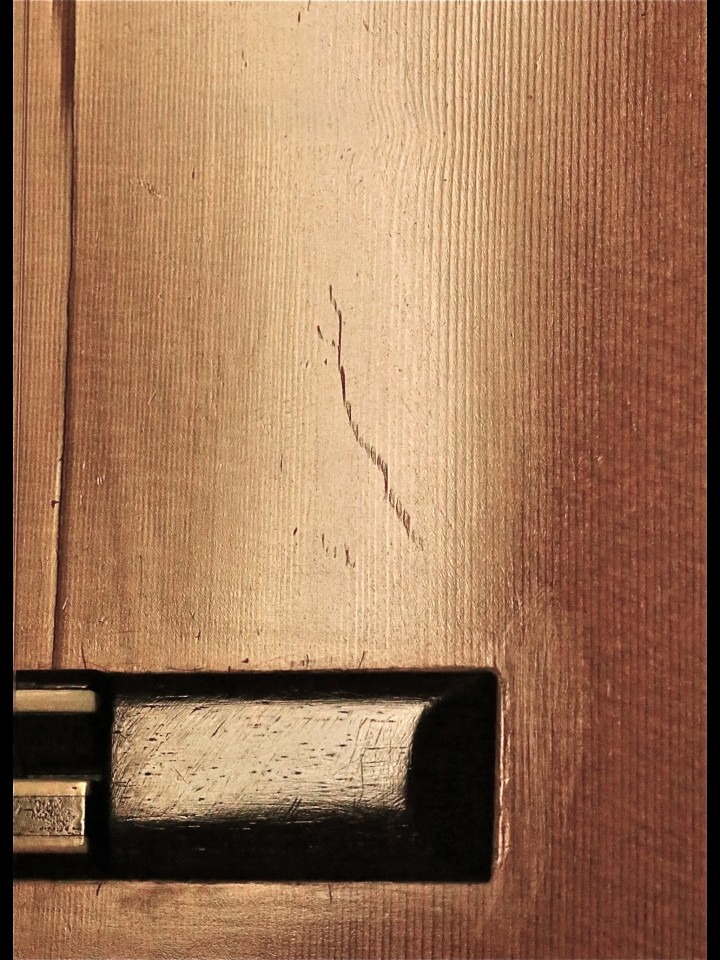1959 Guillermo del Pilar Sr.
On a fateful day in Quebradillas, Puerto Rico, Guillermo del Pilar Sr. was enlisted to repair a guitar that had been destroyed in a fight (evidently a man “el cabonged” his opponent with the guitar). At only 17 years-old, del Pilar was already well on his way to becoming a skilled woodworker, having trained with his father, who was well-established cabinet-maker. After repairing the destroyed guitar, del Pilar soon became focused on lutherie, initially concealing his efforts from his father out of fear of being chastised for wasting his time. But, despite his father’s skepticism, del Pilar’s interest proved to be the impetus for a life-long career as a respected (albeit relatively obscure) post-war American luthier.
His earliest efforts were offered for only $10; but, upon moving to Brooklyn in the early 1940’s, the young, recently-married del Pilar was charging $75 for his guitars. He and his wife, Ana Elisa Ruiz, eventually purchased their home at 220 Atlantic Avenue in the Cobble Hill section of Brooklyn, where Guillermo built guitars until his death in 2000. Guillermo del Pilar’s reputation as a masterful craftsman continued to grow following a successful emergency repair of Andres Segovia’s guitar prior to a performance in 1959 (the Maestro was immensely grateful!). By the 1970s, del Pilar became known as the “Artist of Atlantic Avenue,” producing as many as forty guitars a year with pricing exceeding $1500. Ultimately, the del Pilar tradition of guitar building has been maintained by Guillermo del Pilar Jr., who continues to produce guitars in Brooklyn.
Over the years we have encountered a handful of guitars built by Guillermo del Pilar, Sr., all of which have been impressive instruments. This example was formerly owned by “Chico” Taylor, a performer and long-time student of Juan Mercadal. It is signed “Guillermo del Pilar, Brooklyn, NY, 1959, #212,” and it certainly bears the hallmarks of a guitar built with great care and to a very high standard. The European spruce top has very tight, consistent grain, as do the quartersawn Brazilian rosewood back and sides, indicating use of the high quality materials, not readily available today. Features like the hand-made Landstorfer tuning machines with genuine pearl buttons (which sell for roughly $1000 new today), the hand-made rosette, and the headstock back strap with a “stinger” extending down the back of the neck, all imply a commitment to quality and a uncommon measure of artistry.
Most importantly, however, this guitar has a beautiful voice! The Brazilian rosewood back and sides contribute rich color and harmonic complexity to the tone, along with the glassy punch that is characteristic of this harder and more brittle variety of rosewood. The back and sides are well-paired with a European spruce top, which imparts clarity and definition to the notes, as well as an overall enhanced dynamic range. Number 212 has an innately powerful and direct projection; and, there is a crispness to the note edge that gives this guitar’s voice an overall dry quality of sound that comes across as lyrical rather than guttural. Thanks in part to its age, but mostly due the fact that this guitar was actively used, it has a responsiveness and breadth found only in mature spruce-topped guitars that have been played in. All in all, this guitar is well-balanced and a lot of fun to play!
Condition
As #212 was played routinely, the guitar does show some signs of wear, including various minor dings and scratches. The top has two repaired cracks: one measuring 4 3/8” extending from the rosette to the bridge on the treble side that has been cleated, and a center seam separation extending from the bridge to the butt of the guitar. There are some minor gaps measuring approximately ¼ mm in the binding where it is joined at the endpiece. Otherwise, this guitar has no other visible cracks or major structural wear.. At present, this guitar has a very playable action that is adjusted to standard classical guitar specifications, where string gaps measure 3mm on the high E and 4mm on the low E at the 12th fret. However, the neck is pitched such that the saddle has little to no room for adjustment—meaning, in order to lower the action by any significant margin one would have to either remove material from the saddle slot (thereby increasing saddle clearance) or re-plane the fingerboard and then re-fret the guitar. That said, barring exposure to environmental extremes, it is unlikely that this instrument’s action will change dramatically, as guitars of this age have had years to acclimate and adjust to the effect of string tension, and thus tend to be much more stable. VERY GOOD+ to EXCELLENT condition.
- Solid European Spruce Top
- 7-Fan Top Bracing with Two Transverse Braces and Bridgeplate
- Parallel Soundhole Reinforcement
- Solid Quartersawn Brazilian Rosewood Back & Sides
- Rosewood Binding
- 4-Ply Wooden Top Purfling
- Single-Ply Wooden Back and Side Purfling
- Rosewood Back Strip, Heelcap, and Endpiece
- Diamond Marquetry Rosette
- Mahogany Neck
- Ebony Fingerboard
- Rosewood Headstock Veneer and “Stinger” Backstrap
- Landstorfer tuning machines with pearl buttons
- Brazilian Rosewood Bridge
- Bone Nut and Saddle
- 650 mm Scale Length
- 51 mm Nut Width
- 9 mm String Spacing
- Original Arched Top Hard Case
| Brand | G. DEL PILAR |
| Model | DEL PILAR SPR |
| Serial Number(s) | 212 |


